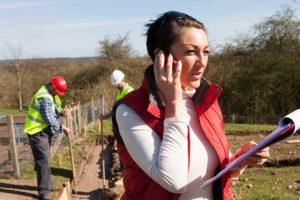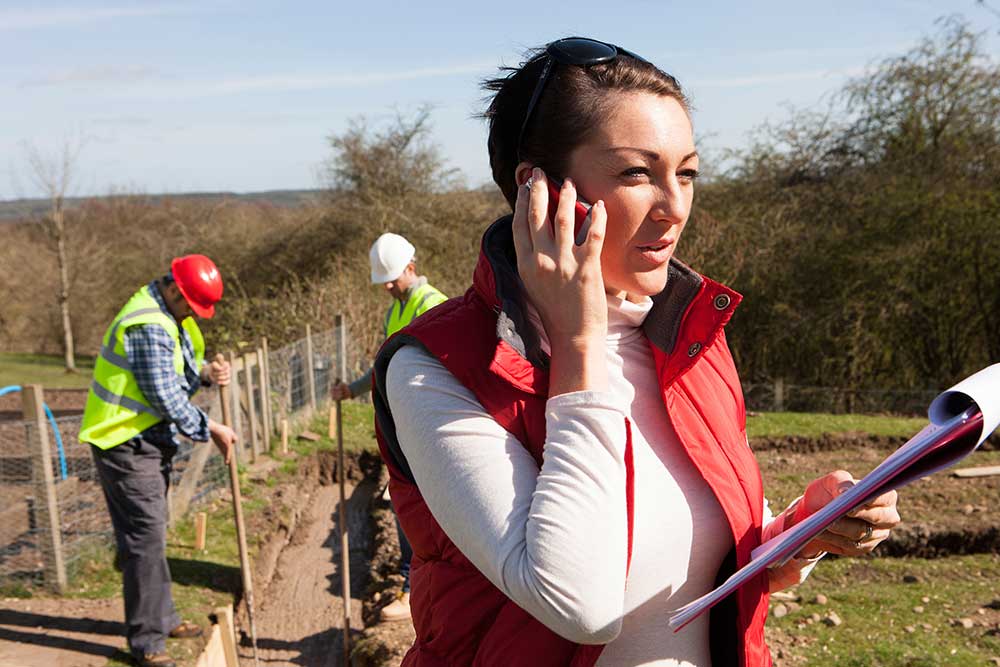Disclaimer: The information on our website is provided for general information purposes only. We make no representations or warranties of any kind, express or implied, about the completeness, accuracy, reliability, suitability or availability with respect to the website or the information contained on our website for any purpose. Any reliance on such information is therefore strictly at your own risk and we are not liable for any damages or losses arising out of or resulting from your reliance on any information contained on our website.
Remember the last time you were at a park and thought, “Wow, this is beautiful”? Well, that space was probably the work of a landscape architect. These architects specialize in outdoor spaces and design functional and eye-pleasing areas. Additionally, they may create city parks or attractive landscapes for businesses and college campuses. Alternately, they can also design outdoor public spaces at airports, hospitals, and highways. Next, watcha video to learn what a landscape architect does.
How to Become a Landscape Architect

The main difference between a Landscape Architect and a Landscape Designer is the educational and licensing requirements. A landscape architect needs a bachelor’s degree or sometimes a master’s degree in landscape architecture or a related field. Landscape designers needs less education, such as an associate’s degree, and typically no license. Students with an undergraduate degree in a similar field can get a Master of Landscape Architecture (MLA), which takes three years of full-time study. Landscape architecture degrees have courses in ecology and site design, landscape and construction design, perhaps plant and soil science, and history of landscape architecture. Another vital part of the curriculum is the design studio. This curriculum gives the students the opportunity to work with computer-aided design and drafting (CADD), model building, and other design software.
There are two types of undergraduate degrees you can acquire to become a landscape architect. One is a Bachelor’s of Landscape Architecture (BLA), and the other is a Bachelor’s of Science in Landscape Architecture (BSLA), which takes about four-five years of full-time study. These degrees must be from an accredited program approved by the Landscape Architectural Accreditation Board (LAAB). After this education, all states require licensing but may differ on the experience requirements.
Exams
Landscape architects must pass the Landscape Architecture Registration Exam (LARE), sponsored by the Council of Landscape Architectural Registration Boards. Some states require passing their registration exam to determine competency or state-specific topics, for instance, earthquakes or hurricanes in some geographical regions. State-specific exams test on environmental regulations, laws, soil, plants, climate, or other issues specific to the state. A new hire as a landscape architect referred to as an intern landscape architect, requires experience under a licensed landscape architect before receiving licensure, determined by each state.
Internships
It is helpful to complete an internship with an architectural landscaping firm while completing their education. The landscape architect intern needs proof of technical skills and a knowledge of how the business operates, like acquiring new clients and projecting budgets. A landscape architect has the analytical skills to determine how designs affect locations and have great communication and problem-solving skills to meet the challenges that may exist. Creativity is also vital in this occupation as the designer must visualize how a project will look before its completion.
Many employers want a bachelor’s degree in landscape architecture from an accredited school as well as an internship experience before offering an applicant a career as a landscape architect. You would need to take a landscape architect registration exam as well. Most states require a license, but each state varies in its requirements.
Job Description of a Landscape Architect
A landscape architect writes proposals, draws up cost estimates, makes models, and develops marketing strategies to continually secure new business. To create beautiful spaces, they also meet with clients to ensure their design meets their needs, building architects, and engineers to clarify project requirements. They use software to create project models to present to the client for their final approval before beginning the work. After approval, they oversee the projects’ progress making sure the job goes according to plan.
A lot of thought and planning goes into a landscape design. They must analyze land formations, trees, environmental reports, city planning, historical landmarks, protected landscapes, and drainage of the location. Since they are also educated in government regulations and legal codes, they can also ensure inspections are completed and remain in compliance with any laws or specifications. A client may also hire a landscape architect for unique work, such as creating landscapes on roofs. This entails covering the top in soil and plants, or making rooftop gardens that can withstand stormwater, soak up air pollution, and cool the building. These rooftops are designed to be beautiful as well as functional.
Landscape architects work closely and harmoniously with civil engineers, gardeners, and other professionals. They also work full-time out of an office most of the day and some time on the project’s site. The architect may work for a landscape architecture firm, a partner in a practice, or become self-employed.
Landscape Architect Career Video Transcript
Let’s take a look at what a landscape architect does so you can decide if this is a good fit for you as a career choice. With large populations and heavy commuter traffic, it’s more important than ever to keep our metropolises from turning into concrete jungles. Landscape architects create the parks and open spaces that keep our built environment vibrant and green. Whether designing a corporate campus, a small town playground, a national monument, or college campus, landscape architects design outdoor spaces so that they are not only easy to use, but also harmonize with the natural environment.
Keeping their client’s priorities first, landscape architects also need to consider the community and the climate. Landscape architects are the center of a team turning client’s requests into design proposals and leading workers who put the design in the ground. While most work full time, they split their days between the office, meetings with clients, and trips to suppliers and job sites. Landscape architects need problem-solving and analytical skills to lead sometimes complex projects.
Extensive knowledge of materials and how they behave in different circumstances is essential, along with drafting and design skills, including design software. A bachelor’s degree in landscape architecture is needed to enter the field and almost all states require licensure. Landscape architects play a big role in keeping our environment attractive and livable.
Article Citations
- Bureau of Labor Statistics, U.S. Department of Labor, Occupational Outlook Handbook, Landscape Architects.
- National Center for O*NET Development. 17-1012.00. O*NET OnLine.
- The career video is in the public domain from the U. S. Department of Labor, Employment and Training Administration.

